
Mae Hong Son Ethnically and Geographically Unique Area-Based Education Management Model
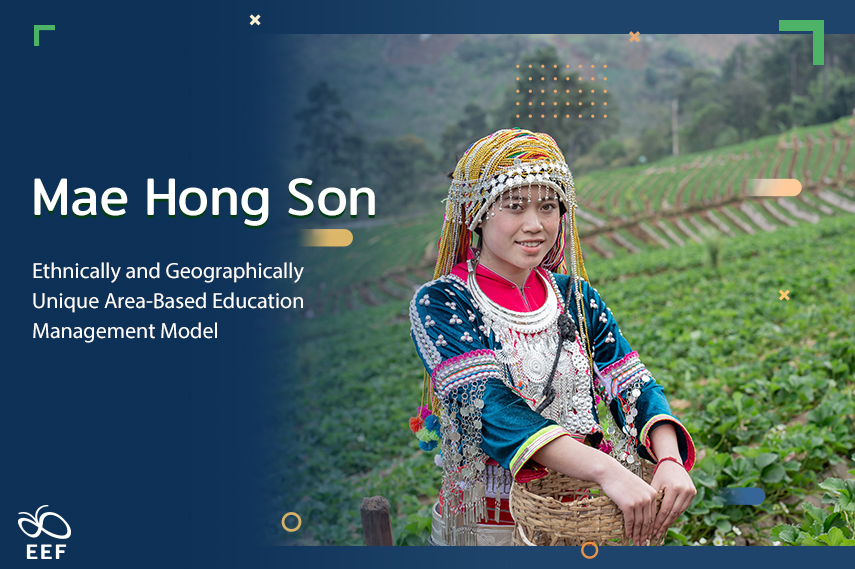
Objective: to enhance educational opportunities, address workforce shortages, and break generational poverty in underserved areas.
Key Component:
- Recruitment of Local Talent: Encourage economically disadvantaged children to pursue careers in healthcare and education fields via scholarships;
- Offer short-term certification courses in healthcare professions through collaboration with 10 higher educational institutions;
- Offer teacher development programs and undergraduate degree courses in early childhood education and primary education to enhance education quality.
Potential Implication:
- Community Engagement & Empowerment:
- Involve students, parents, educators, and local stakeholders in decision-making processes;
- Empower communities to take charge of their development, enhancing resilience, and self-reliance;
- Foster a culture of lifelong learning;
- Curriculum Customization: Tailor educational programs to meet the evolving needs and interests of the community;
- Infrastructure Development: Invest in educational infrastructure to ensure access for all community members;
- Workforce Development: Address long-standing workforce shortages in essential sectors;
- Quality of Life Improvement: Elevate the quality of life for residents in underserved areas;
- Social Cohesion Enhancement: Promote inclusivity, diversity, and social cohesion;
- Sustainable Development: Contribute to long-term socio-economic development.
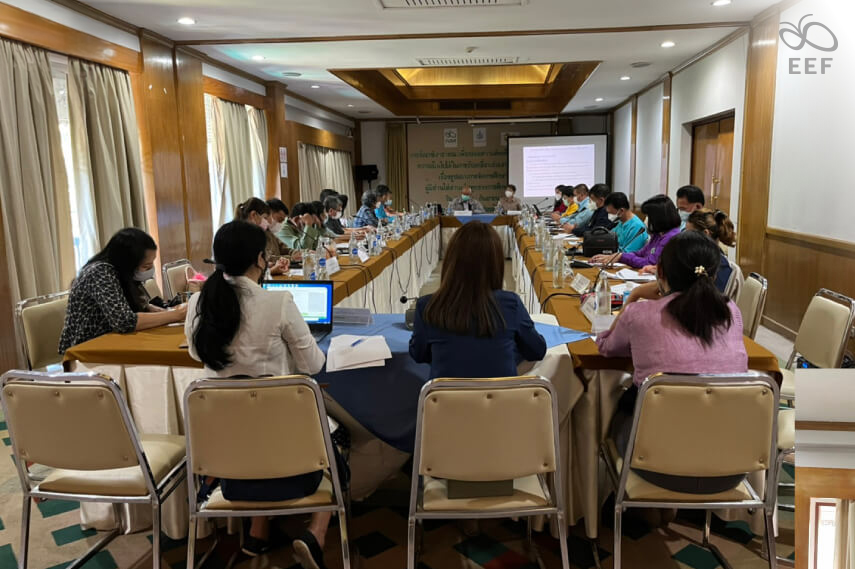
In the pursuit of educational equity, stakeholders in the Mae Hong Son Ethnically and Geographically Unique Area-Based Education Management Model envision a transformative journey, where initiatives like vocational training partnerships and community-driven educational programs are pivotal. Recognizing the multifaceted challenges faced by economically disadvantaged students, a comprehensive strategy is advocated. The convergence of opinions underscores the urgency of collective action, urging a paradigm shift in education that empowers individuals and uplifts communities. Through collaborative efforts spanning families, schools, and local institutions, the vision for educational upliftment becomes not just a possibility but an imminent reality, promising a brighter future for Mae Hong Son and its inhabitants.
Lampang Education Assembly-Driven Education Management Model
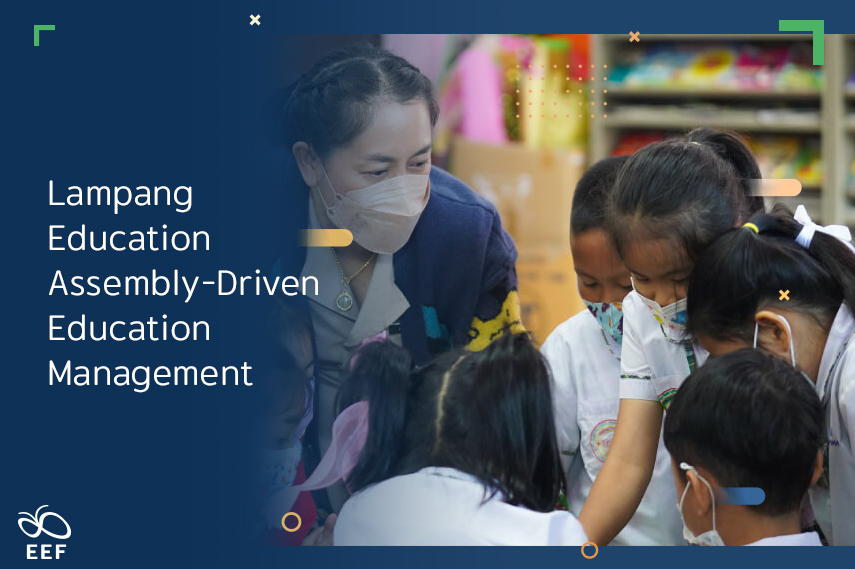
Objective: to reduce educational disparity by leveraging local resources and expertise to ensure universal access to education and facilitate comprehensive developmental pathways for all age groups.
Key Component:
- Identification and Support of Vulnerable Groups: Conduct assessments to pinpoint economically disadvantaged children and provide tailored assistance and support to ensure access to educational opportunities;
- Enable children to reach their full potential by providing comprehensive support and interventions tailored to their needs;
- Empower caregivers with the knowledge, skills, and competencies through training programs for effective early childhood educators to provide nurturing environments that support children’s holistic development;
- Establish partnerships with local educational institutions, public agencies, and community organizations to exchange knowledge, resources, and best practices in early childhood development;
- Establish clear communication channels with parents, design coordinated activities tailored to individual children and families, and provide educational resources and training to empower parents in nurturing their children;
- Implement robust mechanisms to monitor and assess program effectiveness and use data-driven insights for continuous improvement.
Potential Implication:
- Community Engagement & Empowerment:
- Strengthen community networks and partnerships to collectively address educational challenges;
- Ensure all children and community members have access to quality education and developmental opportunities, regardless of socio-economic background;
- Foster a culture of continuous learning and development for sustainable growth;
- Parental Involvement and Support: Recognize parents as vital for child development;
- Social Cohesion Enhancement: Promote inclusivity, diversity, and social cohesion;
- Sustainable Development: Contribute to long-term socio-economic development.
The Lampang Education Assembly-Driven Education Management Model is dedicated to fostering inclusive and sustainable educational practices. By prioritizing the identification and support of vulnerable groups, building caregiver capacity, and promoting community engagement, the model ensures equitable access to quality education for all. Through continuous monitoring and evaluation, it aims to refine strategies and achieve long-term impact, enabling children to thrive and reach their full potential. Together, a brighter future where every child has the opportunity to learn and grow, regardless of their background or circumstances, is possible.
Phayao Learning City Management Model
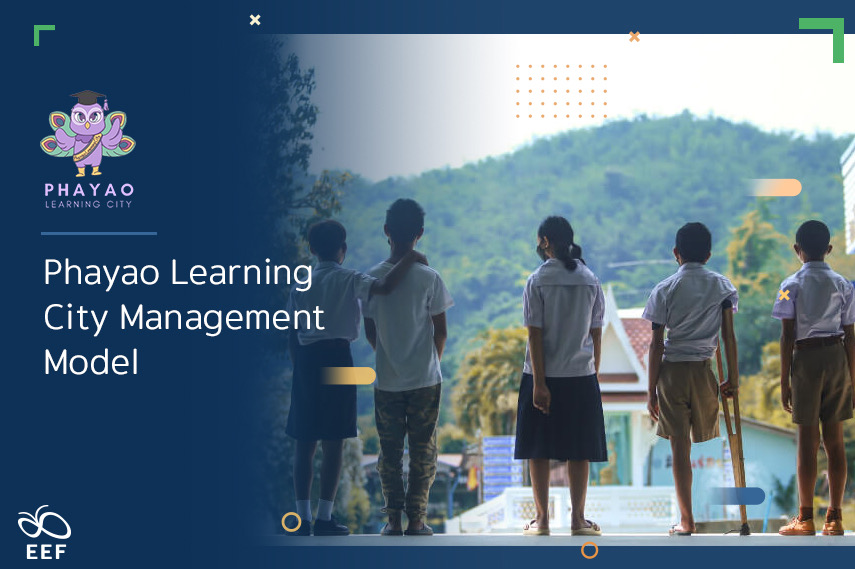
Objective: to enhance educational opportunities, accessibility, and social welfare for children with disabilities and foster comprehensive developmental pathways for lifelong learning for all individuals
Key Components:
- Identification and Support of Vulnerable Groups: Conduct assessments to pinpoint children with disabilities both within and outside the formal educational system and community members and lay out learning promotion guidelines and activities based on their preferences;
- Foster collaboration among stakeholders to mobilize resources for innovative educational solutions that support youth education, skill development, and employment opportunities;
- Customize programs based on the needs and interests of targeted groups to facilitate effective learning, including upskilling and reskilling courses with credit accumulation and certification options;
- Create a website to link educational resources and support targeted groups;
- Conduct health workshops and assessments to improve the overall well-being of targeted groups, supported by medical assessments and data collection for future planning;
- Establishment of Provincial Education Bureau: Set up a bureau to coordinate educational efforts and allocate resources.
Potential Implication:
- Community Engagement & Empowerment:
- Strengthen community networks and partnerships to collectively address educational challenges;
- Ensure children with disabilities and community members have access to quality education and developmental opportunities, regardless of socio-economic background;
- Foster a culture of continuous learning and development for sustainable growth;
- Curriculum Customization: Tailor educational programs to meet evolving needs and interests of the targeted groups;
- Unified Database System: Interconnect databases of underprivileged and marginalized children and youth across the area into a unified system to effectively manage innovative education and healthcare;
- Sustainable Development: Devise area-based education management plans capable of long-term sustainability.
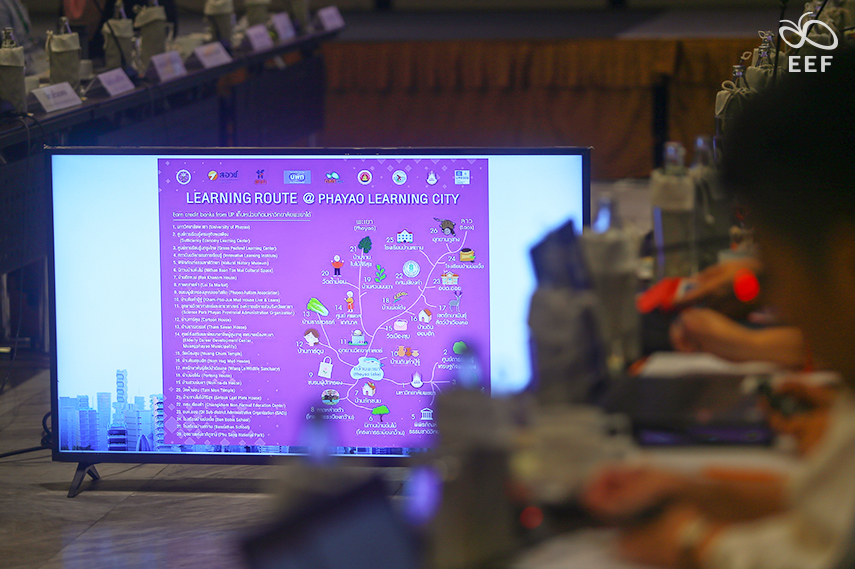
The Phayao Learning City Management Model embodies a holistic approach to education, aiming to create inclusive and sustainable pathways for lifelong learning. By identifying and supporting vulnerable groups, fostering collaboration among stakeholders, and customizing programs to meet diverse needs, it promotes equity and empowerment. Through community engagement and curriculum customization, it ensures access to quality education for all, irrespective of background. Moreover, the establishment of a unified database system and the formulation of sustainable development plans reflect its commitment to long-term impact and effective resource management. In essence, this model not only transforms educational opportunities for children with disabilities but also lays the foundation for a thriving and resilient community built upon knowledge, inclusivity, and sustainable growth.

